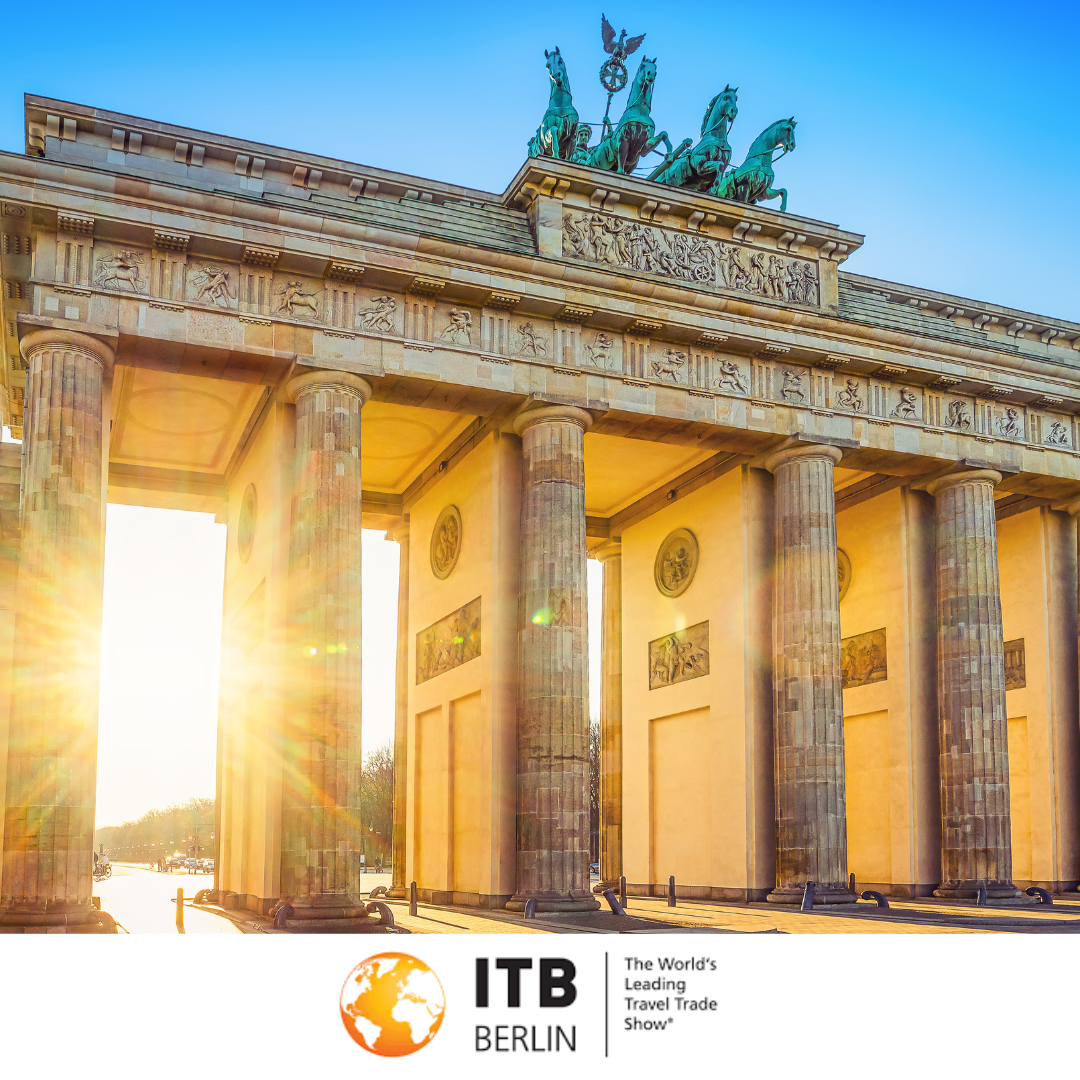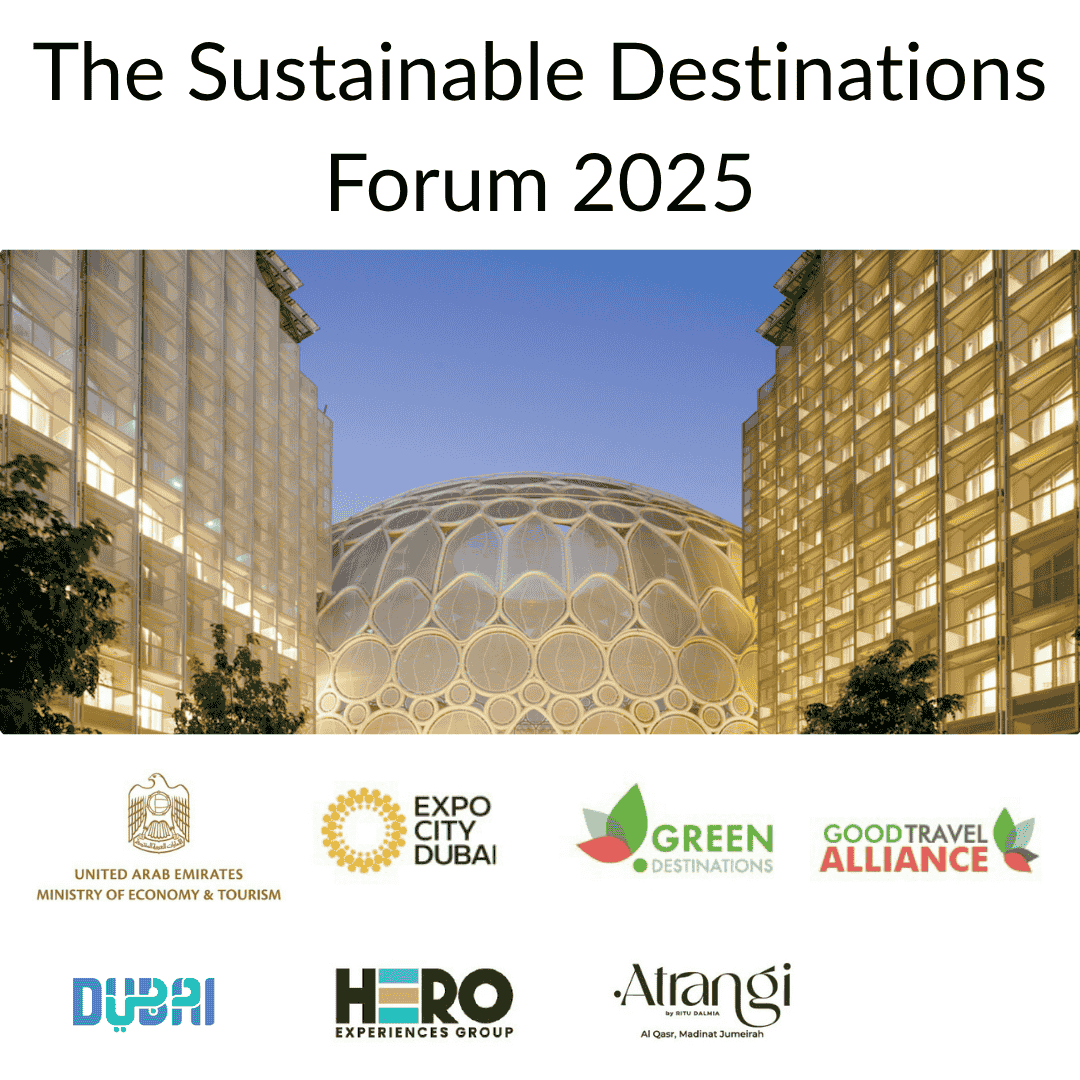Series Part 1: Net-Zero in the Middle East and the Hospitality Industry with a focus on the United Arab Emirates (The UAE)
If you missed our Series introduction on Net-Zero in Hospitality and The Middle East, read it here.
Summary of Initiatives in the United Arab Emirates (UAE)
The UAE has developed and implemented several frameworks to fulfill every aspect of the 17 UN Sustainable Development Goals (SDGs). For this post on Net-Zero, we are exploring Goal 7, “Ensure access to affordable and reliable modern energy for all”, and Goal 12, “Responsible consumption and production”.
In November 2015, His Highness Sheikh Mohammed Bin Rashid Al Maktoum, Vice President and Prime Minister of the UAE and Ruler of Dubai, launched The Dubai Clean Energy Strategy to produce 75 % of Dubai’s energy requirements from a variety of sources. The strategy consists of five pillars: infrastructure, legislation, funding, human resources skills, and a diversified energy mix.
- Infrastructure: Includes initiatives such as Mohammed Bin Rashid Al Maktoum Solar Park, with a capacity to produce 5,000 MW by 2030 and a total investment of AED 50 billion.
- Legislation: With a focus on establishing a legislative structure supporting clean energy policies in two phases. Phase one is the Shams Dubai initiative, encouraging building owners to place solar panels on roofs, and phase two is to install solar panels on the roof tops of all buildings in Dubai by 2030.
- Funding: Includes the establishment of the Dubai Green Fund worth AED 100 billion, which contributes financial resources, easy loans for investors in the clean energy sector in the Emirate and reduced interest rates.
- Human Resources Capabilities: Building global training programmes in clean energy cooperation with international organisations and institutes such as the International Renewable Energy Agency (IRENA) and international companies and R&D centres.
- Diversified Energy Mix: Including “solar energy (25%), nuclear power (7%), clean coal (7%) and gas (61%) by 2030”. The revised energy mix 2050 calls for 44% of power from renewables, 38% from gas, 12% from clean coal and 6% from nuclear.
In September 2022, the UAE Government set an ambitious target of reducing emissions by 31% by 2030. The UAE aims to have total annual carbon emissions of 207.8 million tonnes of carbon dioxide equivalent (CO2-eq) by 2030 – 93.2 million tonnes less than 301 million under previous scenarios as part of its Net-Zero by 2050 Strategic initiative.
The new targets are essential to the UAE’s achieving its aim of becoming a net zero carbon emitter by the middle of this century. With the updated target, almost two-thirds of the emissions reductions (66.4 per cent) will be accounted for by electricity generation. Significant steps have already been made to expand clean energy in the UAE. In 2011 it was 13 megawatts (MW); in 2015, it had increased to just over 100MW, and by 2020 had reached 2,540MW.
Goal 12, “Responsible consumption and production”; The UAE is striving to diversify its income and become a successful model of a green economy. In response to this aim, the cabinet approved the UAE’s Green Agenda 2030 framework as a guide to support the transition.
The UAE Green Agenda Program (2015-2030)
The UAE Green Agenda Program (2015-2030) includes targets for incorporating a competitive knowledge economy, social development and quality of life. It also focuses on a sustainable environment & valued natural resources, clean energy and climate action, green ginger, and sustainable use of resources.
The Sustainable Production & Consumption Plan (2019-2030) Framework aims to achieve sustainable management and efficient use of natural resources. Supporting the transition to a circular economy, supporting the private sector shift to cleaner production methods, using cleaner production techniques in industries, and promoting sustainable production and consumption patterns that reduce environmental stress and meet basic needs.
The SCP framework addresses the most relevant sectors for green growth, which account for a high percentage of UAE’s gross domestic product (GDP) and the impact on natural resources, water, energy, waste, air and climate. The focus areas are:
- Green infrastructure and development, including sustainable transportation
- Sustainable public procurement
- Sustainable food production & consumption, including agriculture and food waste
- Sustainable manufacturing, including the manufacturing life cycle
- In addition, energy, fisheries, food, and water were also targeted.
- Energy – A reduction in the ecological footprint per person of the Emirate by implementing a Green Growth Strategy. The UAE Green Agenda 2015-2030 promotes sustainable energy resources. Strategies include applying tariffs to consumers on energy resources, awareness initiatives for water and electricity saving, implementing green standards for buildings, deregulating fuel prices, introducing waste to energy (We) projects, and eWaste Recycling.
- Fish – The implementation of a sustainable fisheries programme and regulation of surface fishing reflects the ministry’s aim to develop and ensure sustainable fish stocks and enhance food security.
- Food – Food waste costs the UAE economy around AED 13 billion annually. Food that ends up in landfills emits methane which is more potent than carbon dioxide and adds to global warming. The UAE launched a food bank, a non-profit charitable organisation that distributes food to those in need by collecting and distributing fresh food from hotels, restaurants, and supermarkets. It also introduced the Imperfect initiative, a national campaign to reduce food waste by encouraging food businesses to buy and consume fresh produce that looks imperfect.
- Water – Due to the lack of freshwater sources, it is vital for the UAE to identify a sustainable desalination solution to meet long-term water needs. Three (3) new desalination plants were established with a production capacity of 470 Million Imperial Gallons (MIGD) of water per day.
How Clean is the Clean Energy Strategy?
Clean Energy – Clean Coal
Clean energy comes from renewable, zero-emission sources that do not pollute the atmosphere when used, as well as energy saved by energy efficiency measures.
The term “clean coal” is increasingly being used for supercritical coal-fired plants without CCS (Carbon Capture & Sequestration) because CO2 emissions are less than for older plants but are still much more significant than for nuclear or renewables.
The “Clean Coal” proposed in the energy mix will be generated from the Hassyan Clean Coal Power plant. The power plant uses Ultra Supercritical Technology and is designed to be “best in class” in terms of efficiency. Fuel consumption is minimised, and fuel gas emissions adhere to the most stringent environmental impact mitigation standards ever adopted for a coal-fired power plant.
Overall, the UAE’s per capita carbon footprint is more than four times the global average, with 20 mt of CO2 per capita compared with the worldwide average of 4.4 mt of CO2 in 2018, according to the International Energy Agency data. The primary source of CO2 emissions, according to IEA, is gas.
Desalination
It is essential to highlight that desalination is not a sustainable solution. Though, additional desalination plants have contributed to reducing water scarcity in the nation. Desalination has a significant environmental impact from the brine produced and is energy-intensive. The UAE recognises that it is necessary to identify sustainable desalination solutions for their long-term water needs. Perhaps one solution is connecting desalination technologies to renewable energy solutions.
The brine produced is a high-salinity concentrated waste. The brine from desalination processes is usually recycled back into the original water source. Returning this high-salinity by-product into the Gulf waters slowly reduces the future effectiveness of desalination and harms maritime ecosystems. The UAE contributes 20.2% of the world’s brine; together, the UAE, Saudi Arabia, Qatar, and Kuwait are responsible for 55% of the total share of brine worldwide.
How do These Government Measures Translate into Action for the Hospitality Industry?
Dubai’s Department of Tourism and Commerce Marketing (Dubai Tourism) implemented “Dubai Sustainable Tourism” (DST) to enhance the sustainability of the tourism sector. A directive was issued that all hotels must comply with the sustainability requirements as outlined by the DST initiative. Under the order, hotels must comply with 19 Sustainability Requirements which include:
- Sustainable management approaches
- Performance metrics
- Energy
- Food and water management plans
- Guest education
- Employee training initiatives
- The presence of sustainability committees within hotel establishments
- And corporate social responsibility programmes for local communities
By improving internal sustainability operations, hotels will enhance the competitiveness of Dubai’s tourism-linked economy. These requirements support Dubai’s Carbon Abatement Strategy 2021 target to reduce carbon emissions.
The Carbon Calculator (2017) – part of the Tourism Dirham Platform, is a tool measuring the carbon footprint within Dubai’s hospitality sector. Every month, hotels submit their consumption data of 11 carbon emission sources, including electricity, district cooling, water, waste, fuel for transportation, energy for generators, fire extinguishers, and liquefied petroleum gas for analysis. This information is aggregated and analysed to provide valuable industry insights on the sector’s collective carbon footprint.
Businesses and governments must understand their footprint to effectively manage and reach Green House Gas (GHG) targets. These are several developments the UAE has undertaken to tackle climate change.
Later in the series, we will talk about the Kingdom of Saudi Arabia and the Sultanate of Oman and their commitments to Net-Zero by 2030/50. We will review if this is enough for the hospitality industry and the region to claim “Net-Zero”? We will also Explore what hotels need to do to become more sustainable with Net-Zero in mind.
See the full series by clicking below:
- Series Introduction
- Part 1, The United Arab Emirates
- Part 2, The Kingdom of Saudi Arabia
- Part 3, The Sultanate of Oman
- Part 4, The State of Qatar
- Part 5, Becoming a Sustainable Hotel & Summary
Written by: Tiffany McGrath








